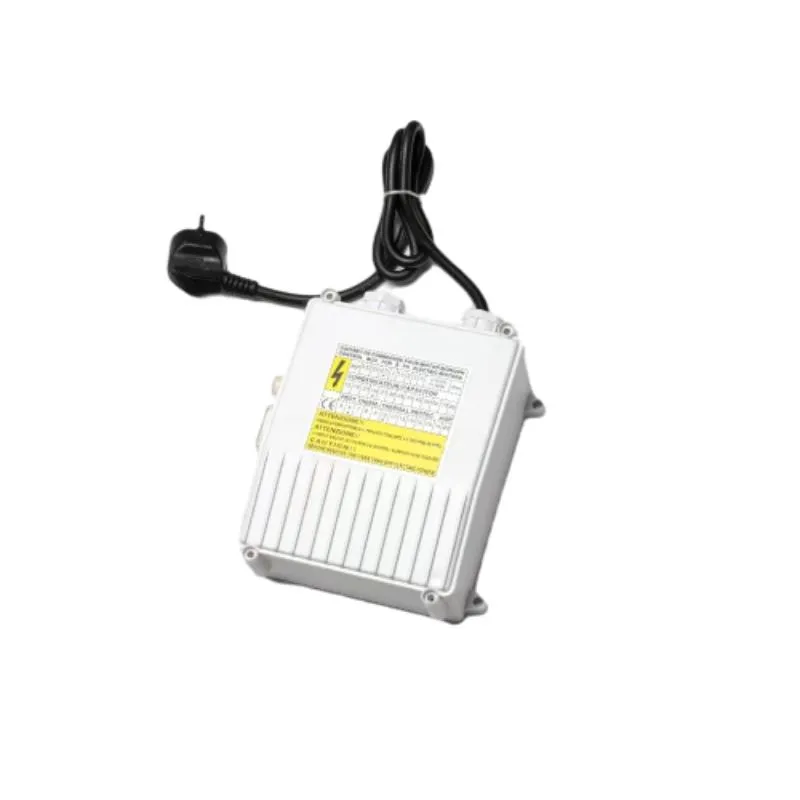The Essential Guide to Rubber Tape for Sealing Leaks
When it comes to addressing leaks, homeowners and DIY enthusiasts alike often seek quick and effective solutions. One of the standout materials in this arena is rubber tape. Known for its versatility and reliability, rubber tape has gained popularity in various applications, particularly in sealing leaks across different surfaces. This article explores the features, benefits, and use cases of rubber tape, making it an essential tool for anyone looking to safeguard their property from water damage.
What is Rubber Tape?
Rubber tape, also known as self-fusing or self-adhesive tape, is made from a special type of rubber compounded with a formulation that allows it to bond to itself without the need for an adhesive backing. This unique property makes it particularly effective for sealing leaks and insulating various materials. The tape typically comes in rolls and is available in different widths and thicknesses, offering flexibility for various repair jobs.
Key Features of Rubber Tape
1. Self-fusing Technology Rubber tape works by fusing to itself when stretched and wrapped around a surface. This creates a watertight seal that is incredibly durable and long-lasting.
2. Weather Resistance High-quality rubber tape is designed to resist harsh weather conditions, including UV rays, moisture, and extreme temperatures. This makes it ideal for both indoor and outdoor applications.
3. Ease of Use One of the primary advantages of rubber tape is its user-friendly application. It does not require any tools or complicated procedures—simply stretch and wrap it around the area needing repair.
4. Electrical Insulation Many rubber tapes possess excellent insulating properties, making them ideal for electrical repairs. They can effectively insulate and protect wires, preventing electrical shorts and other hazards.
rubber tape for leaks

5. Versatility Rubber tape can be used on a variety of surfaces, including metal, plastic, rubber, and wood. This versatility makes it an invaluable addition to any repair kit.
Common Uses of Rubber Tape
- Plumbing Repairs Whether it's a leaking pipe or a broken hose, rubber tape is a go-to solution for quick fixes. It can provide an immediate seal while waiting for a more permanent repair.
- Electrical Work Rubber tape can be used to wrap electrical wires, ensuring safety and preventing shorts. Its insulating properties make it perfect for both home and automotive wiring tasks.
- Automotive Applications Car owners can benefit from rubber tape when sealing hoses or repairing leaks in radiators. Its heat resistance ensures that it maintains integrity under high temperatures.
- Outdoor and Gardening Tasks Rubber tape can be employed in watering systems to prevent leaks or in greenhouse installations to secure fittings against water intrusion.
Conclusion
Rubber tape is an essential tool for anyone looking to tackle leaks effectively and efficiently. Its unique self-fusing technology, weather resistance, ease of use, and versatility make it suitable for various applications—whether you’re a homeowner trying to fix a leak in the plumbing or an electrician working on wiring. As a preventive measure against leaks, rubber tape is not only a practical choice but also an economical one, providing peace of mind and ensuring that your repairs will stand the test of time. Next time you encounter a leak, consider reaching for rubber tape—it just might be the solution you need.
-
XIANGFAN Rubber Tape-Ultimate Solutions for All Your Insulation NeedsNewsJun.24,2025
-
XIANGFAN Rubber Tape-Protection for Industrial and Residential ApplicationsNewsJun.24,2025
-
XIANGFAN Rubber Tape: Superior Safety and Sealing for Demanding EnvironmentsNewsJun.24,2025
-
XIANGFAN Rubber Tape: Reliable Solutions for Every Electrical ChallengeNewsJun.24,2025
-
XIANGFAN Electrical & Industrial Tape: Powering Reliability Across IndustriesNewsJun.24,2025
-
XIANGFAN Electrical & Industrial Tape: Excellence in Every ApplicationNewsJun.24,2025
